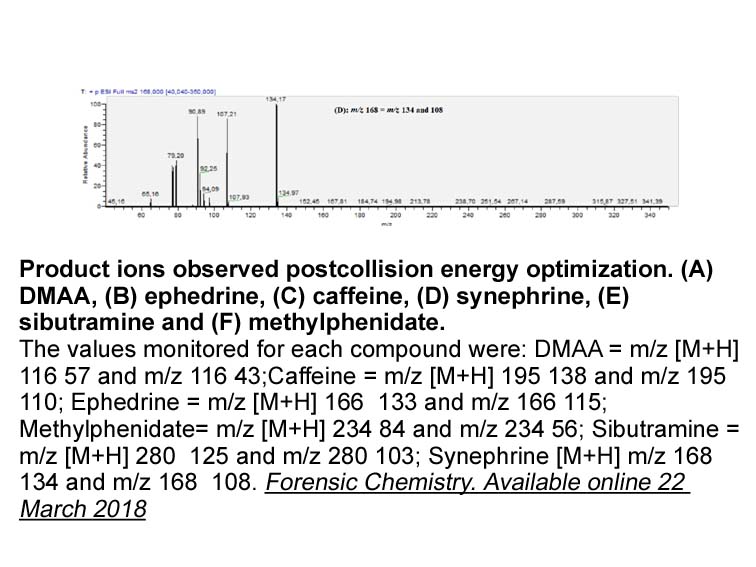Archives
br GRAIL family Gene related to anergy in
GRAIL family
Gene related to anergy in lymphocytes protein (GRAIL, encoded by Rnf128 gene) is a transmembrane RING-type E3 ligase involved in T cell anergy and tolerance, and also regulation of qx 314 sale cytoskeletal organization [52]. This E3 was initially identified in CD4+ T helper cells and CD4+CD25+ regulatory T cells as an upregulated transcript that was later linked to immunosuppression [53,54].
GRAIL is an essential component of CD4+ T-cell tolerance and induction of anergic phenotype, a state of T cell unresponsiveness to antigenic stimulation that inhibits interleukin production [55,56]. GRAIL overexpression in CD4+ T cells has been clinically linked to Crohn’s disease, an inflammatory bowel disorder [57]. In addition, GRAIL regulates T cell tolerance and functions by mediating ubiquitination and proteasomal degradation of TCR-CD3 [55]. Activated GRAIL-deficient naive T cells enhance cytokine expression and proliferation, retard downregulation of TCR-CD3 expression and reduce hyper-responsiveness to TCR stimulation. Lower immunosuppressive capacity of GRAIL-deficient Treg cells was linked to overexpression of Th17-specific genes. In agreement with this, GRAIL-deficient mice had higher susceptibility to autoimmunity due to impaired induction of T cell tolerance. Another important GRAIL substrates include actin-related protein 2/3 subunit 5 (Arp2/3–5) and coronin 1 A, both associated with actin cytoskeleton organization and dynamics [58]. Arp2/3–5 and coronin 1 A levels were found to be significantly downregulated in GRAIL-overexpressing and anergic T cells. GRAIL also promotes innate antiviral immunity to RNA and DNA viruses via ubiquitination of TBK1, serine/threonine-protein kinase essential for production of IFNβ [59].
Recent data suggests that GRAIL absence can lead to anti-tumor activity of CD8+ cytotoxic
linked to Crohn’s disease, an inflammatory bowel disorder [57]. In addition, GRAIL regulates T cell tolerance and functions by mediating ubiquitination and proteasomal degradation of TCR-CD3 [55]. Activated GRAIL-deficient naive T cells enhance cytokine expression and proliferation, retard downregulation of TCR-CD3 expression and reduce hyper-responsiveness to TCR stimulation. Lower immunosuppressive capacity of GRAIL-deficient Treg cells was linked to overexpression of Th17-specific genes. In agreement with this, GRAIL-deficient mice had higher susceptibility to autoimmunity due to impaired induction of T cell tolerance. Another important GRAIL substrates include actin-related protein 2/3 subunit 5 (Arp2/3–5) and coronin 1 A, both associated with actin cytoskeleton organization and dynamics [58]. Arp2/3–5 and coronin 1 A levels were found to be significantly downregulated in GRAIL-overexpressing and anergic T cells. GRAIL also promotes innate antiviral immunity to RNA and DNA viruses via ubiquitination of TBK1, serine/threonine-protein kinase essential for production of IFNβ [59].
Recent data suggests that GRAIL absence can lead to anti-tumor activity of CD8+ cytotoxic  T cells, essential for maintenance of anti-tumor processes [60]. Rnf128 gene (encoding GRAIL ubiquitin ligase) expression was upregulated in CD8+ T cells infiltrated into lymphoma tumors. Additional experiments demonstrated that GRAIL-deficiency enhances anti-tumor potency of CD8+ T cells, and contributes to long-term regulation of tumorigenesis and capability to repress existing tumors. The same study proposed IL-21R as another GRAIL substrate, confirming previous data on involvement of GRAIL in negative regulation of IL-21 mediated by NFATc1 transcription factor [55]. GRAIL overexpression and IL-21R downregulation was observed in CD8+ T cells isolated from lymphoma patients as compared to samples from healthy donors. On the opposite, loss of GRAIL in lymphoma patients resulted in enhanced infiltration of GRAIL-deficient CD8+ T cells with IL-21R overexpression in turn leading to high IL-21 responsiveness [60].
T cells, essential for maintenance of anti-tumor processes [60]. Rnf128 gene (encoding GRAIL ubiquitin ligase) expression was upregulated in CD8+ T cells infiltrated into lymphoma tumors. Additional experiments demonstrated that GRAIL-deficiency enhances anti-tumor potency of CD8+ T cells, and contributes to long-term regulation of tumorigenesis and capability to repress existing tumors. The same study proposed IL-21R as another GRAIL substrate, confirming previous data on involvement of GRAIL in negative regulation of IL-21 mediated by NFATc1 transcription factor [55]. GRAIL overexpression and IL-21R downregulation was observed in CD8+ T cells isolated from lymphoma patients as compared to samples from healthy donors. On the opposite, loss of GRAIL in lymphoma patients resulted in enhanced infiltration of GRAIL-deficient CD8+ T cells with IL-21R overexpression in turn leading to high IL-21 responsiveness [60].
TRAF family
Tumor necrosis factor (TNF) receptor associated factor (TRAF) family of proteins includes seven members, TRAF1-TRAF7, that control many biological processes, including regulation of innate and adaptive immune functions, homeostasis, cytokine production and cell survival [61]. TRAF family members contain several zing finger motifs and share high sequence homology in C-terminal TRAF domain, also all of them (except TRAF1) contain N-terminal RING finger domain that confers E3 ubiquitin ligase activity. Adaptor functions and E3 ubiquitin-ligating activity of TRAF proteins allows them to mediate transduction of downstream signaling. Ubiquitination is considered as a primary mechanism of TRAF signaling that is conducted via catalysis of non-degradative K63-linked poly-ubiquitination of their substrates, such as various receptors, kinases and transcription factors [62].
In the past decade TRAFs have been recognized as signal transducers for a broad range of receptor families engaged in innate and adaptive immune signaling and cytokine production. Several primary receptor classes currently known to be involved in TRAF signal transduction include T cell receptor, Toll-like receptors (TLRs), NOD-like receptors (NLRs), retinoic acid-inducible gene-I (RIG-I)-like receptors (RLRs), IFN receptors, TGFβ receptors, IL-1 and IL-17 receptors [62]. TRAF-dependent signaling pathway leads to activation of mitogen-activated protein kinases (MAPKs), interferon-regulatory factors (IRFs) and, most importantly, key transcription factors such as NF-κB and activator protein 1 (AP-1) that are responsible for expression of multiple genes associated with inflammation and immune response.